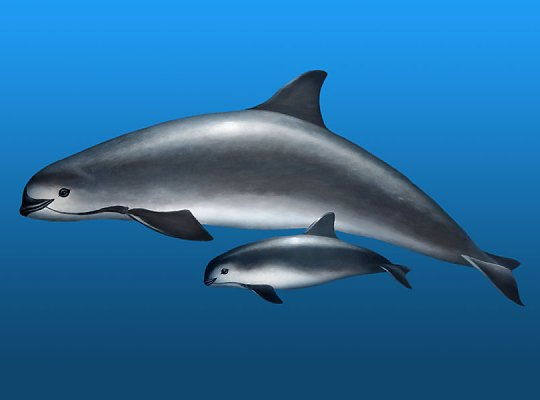Vaquita Porpoise | 18 Apr 2022
Why in News?
According to the United States Commission for Environmental Cooperation (CEC), Vaquita porpoise (Phocoena sinus) is nearing extinction and immediate measures are needed to save the remaining population.
What are Porpoises?
- Porpoises are among the smallest members of the cetacean family (whales, porpoises and dolphins).
- They are only distant relatives of dolphins (they last had a common ancestor roughly 15 million years ago).
- There are only seven species of porpoise, the most popular being the widely distributed harbour porpoise.
- Many species, including the vaquita, are barely studied. Most of what we know about them comes from examining animals that have been washed ashore.
What is Vaquita Porpoise?
- About:

- The vaquita (Phocoena sinus) is the world's smallest cetacean. Its name means "little cow" in Spanish.
- It has a dark ring around the eyes is its most striking feature, along with a proportionally large dorsal fin.
- It is unique among the porpoises as it is the only species of that family found in warm waters, and the size of the dorsal fin is believed to be an adaptation to that, allowing for extra body heat to dissipate.
- Like many other species of porpoise, vaquita tend to be shy and elusive, avoiding boats when approached.
- Habitats:
- Found only in the northern Gulf of California (Sea of Cortez) in Mexico. Most commonly seen in shallow waters up to 50 metres deep.
- Threats:
- The vaquita population has been in sharp decline for decades, recently accelerated by illegal fishing with gill-nets for the vulnerable totoaba, a large fish sought after for its swim bladder.
- The small animal frequently gets caught in fixed fishing nets (gill-nets), as by-catch.
- Protection Status:
- IUCN Red List: Critically Endangered.
- CITES: Appendix I
